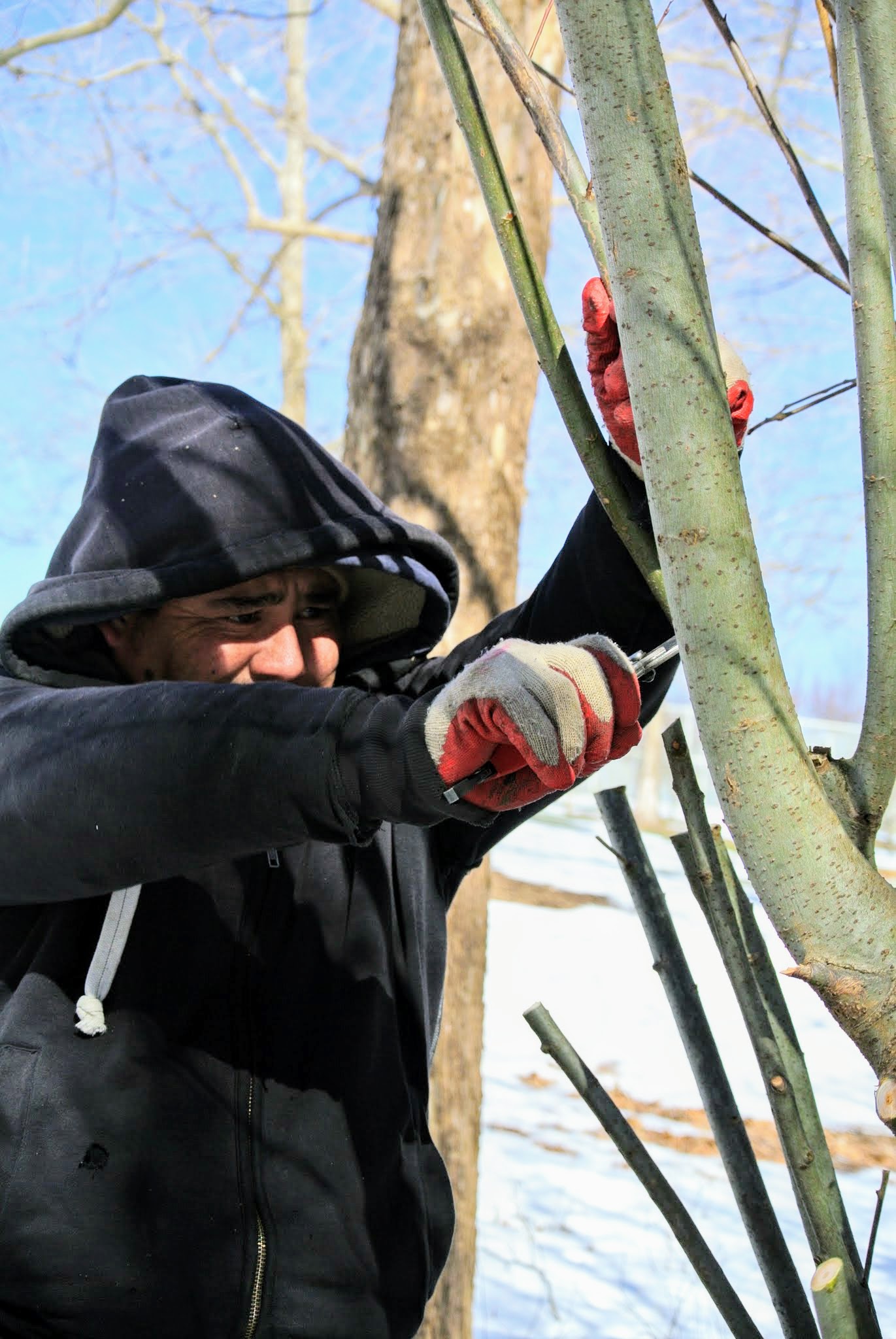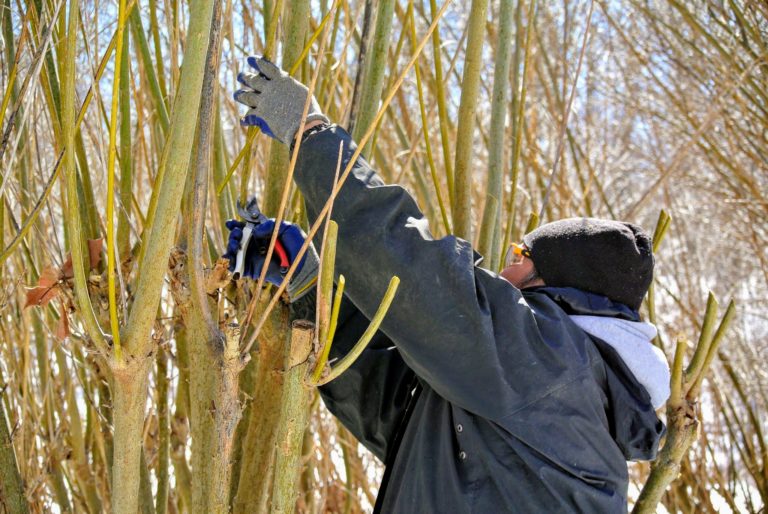
Purple Needle Grass ( Stipa pulchra) Can be pruned the same way as Deer Grass but I would suggest cutting it to a smaller mound as it is a softer and less rigid grass than Deer Grass. Once it had dropped its seed it can be coppiced all the way down to the ground. Mugwort ( Artemisia douglasiana) Mugwort as a very hardy plant that spreads from underground rhizomes. If you want to have new straight grow each season you can hard prune or coppice prune it.
#Coppice pruning full
Deer Grass ( Muhlenbergia rigens) This bunch grass does not necessarily need to be pruned back every year but if you want to keep it more manicured you can cut it down to a small mound and it will grow back full in the spring.Įlderberry ( Sambucus nigra) This plant does not need to be pruned beyond structural pruning if you wish to let it grow into a large shrub or tree. Hard pruning can be used to bring back fresh new growth in the spring and keep it from getting leggy. Coyote Mint ( Monardella villosa) After a long summer Coyote Mint can look a bit dry and brittle. Coffeeberry ( Frangula californica) Coffeeberry prefers mainly aesthetic/structural pruning and not much more. In the spring it will pop right back up from the ground and spread out from its base through rhizomes.Ĭalifornia Sagebrush ( Artemisia californica) Sagebrush can look a but rough after a long summer so a bit of hard pruning can help make way for a much fresher looking plant in the spring. Once the plant starts to look dry and brittle it can be cut all the way down to the ground. California Fuchsia ( Epilobium canum) This plant looks beautiful and green until late fall once its flowering season tapers off and it goes to seed. California Aster ( Symphyotrichum chilense) Once seeds have been disbursed, CA Aster can be coppiced down to the ground and will re-emerge in spring. Additional branches maybe snipped back a bit if you wish to keep your buckwheat in a nice mounded shape. Buckwheats ( Eriogonum sp.) Once the seeds have fallen or been eaten by birds you can deadhead the old flower stems to keep you plant neat. Wrong and right ways of making pruning cutsĬommon Natives Used in Landscapes and Their Fall Pruning Needs Milkweeds ( Asclepias sp.) When milkweeds go dormant in the fall they can be cut all the way to the ground and will grow back in the spring. These pruning cuts must of course be done with clean and sharpened tools to achieve the best results. In addition to making the right level and angle of cut it is also important to do your pruning in dry weather so that the cuts can dry and heal. Cut too low and the leaf node may not survive the wound and die back down to the next node. Leaving excess stem behind does no good for the plant and excess dead stem can in fact be a breeding ground for infection. Properly pruned branches will be able to heal and seal their wounds. When doing structural/aesthetic pruning, hard pruning, and coppice pruning it is especially important that you make proper pruning cuts. Hard Pruning Cutting a plant back down to it’s main branches to control its size or to encourage fresh new growth.Ĭoppice Pruning Cutting a shrub or tree back down to its base or first nodes to encourage tall and straight new growth. It involves carefully cutting back certain branches that will guide your shrub or tree to eventually assume a particular shape or growth habit in the future. Structural and Aesthetic Pruning This method of pruning is done with the plant’s future shape and growth habit in mind.


Pruning Techniquesĭeadheading The cutting off of old flowers to encourage new flowers or to improve the plants appearance. **Sanitizing your tools between uses on different plants helps reduce the risk of spreading potential pathogens to your other plants.

*Sharp tools ensure an even and clean cut which will reduce your plants chances of infection. a spray bottle of rubbing alcohol to sanitize your tools** WD40 to keep your tools working properly clean sharp pruners, sheers, or pruning saw During this time as our plants prepare to rest for the winter it is our chance to step in and do some tidying up! Below are some simple tips and tricks that I follow to keep my native garden neat, healthy, and ready for the next spring. As the days become shorter and the nights cooler, many of the natives in our gardens will begin take on their fall color and go into dormancy. CCW.com → News → 2019 → Fall Pruning: Tips and Tricks for the Changing Seasonįall Pruning: Tips and Tricks for the Changing Seasonįall is finally here and it’s now time to prepare our gardens for the eventual transition into winter.


 0 kommentar(er)
0 kommentar(er)
